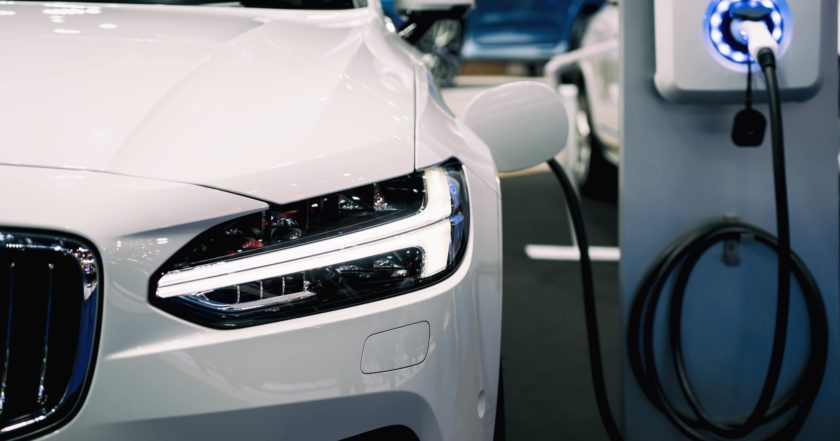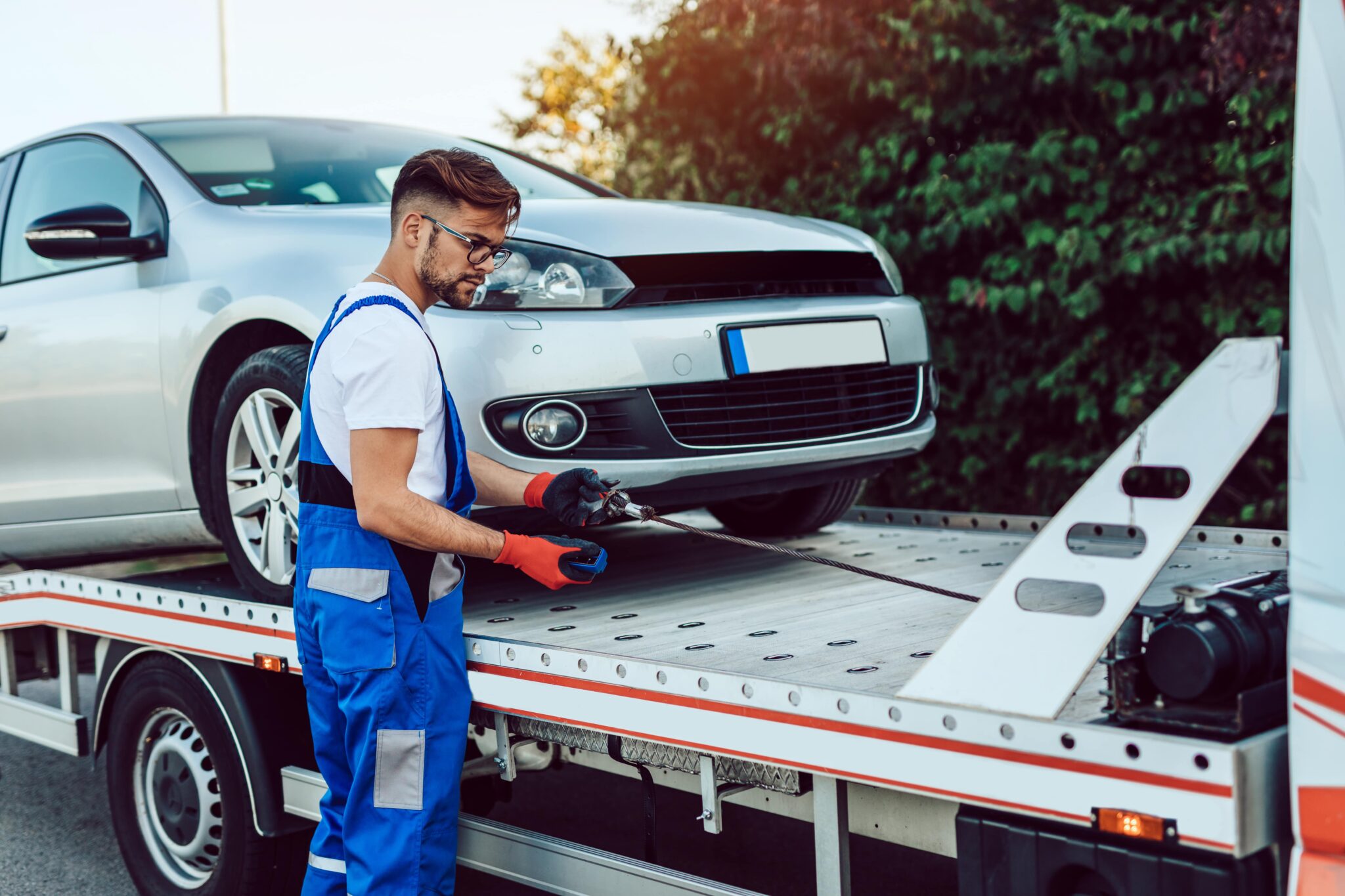More than two million electric vehicles are spread all around the US roads; electric vehicles are the environment-friendly replacement for traditional fuel-based cars. This kind of car, lithium ion-based batteries, is witnessing great acceptance by most car owners, and many consider them a safe, affordable option.
However, for this kind of car to be dominant, people need to be educated; they have to get to know this new version of cars; can they rely on them? Are they safe?
So, here we’re eliminating one of the most important concerns that occupy those who have an electric car or are thinking about purchasing one: “What are the potential dangers of transporting electric cars?”
Introduction to lithium-ion batteries, and how do they function?
A lithium-ion battery is the most popular type of rechargeable battery. This type of battery is usually used in mobile phones and laptops. Nonetheless, it has been used recently in electric cars.
A lithium-ion battery comprises a cathode, anode, electrolyte, separator, and two collectors. Each component is responsible for one part of the conversion process; lithium ions and electrons run through the cathode and anode in different directions. The migration of ions and electrons is what creates the electrical current.
Potential dangers of lithium batteries
Cars with lithium-ion batteries are more prone to fires and explosions than fuel-based vehicles. And that’s due to the batteries’ inflammability, huge capability, and low upkeep. The thermal runaway is one of the most popular causes of lithium battery fires and explosions.
A thermal runaway occurs when one of the battery’s cells experiences an extreme, sudden, rapid rise in temperature. If one of the battery’s cells fails, it can influence another cell, and so on, until a lot of heat is produced, and things might deteriorate, resulting in a fire. A thermal runaway is usually caused by overcharging or a lack of a cooling system.
Is shipping an electric vehicle possible?
Transporting an electric vehicle doesn’t differ much from transporting a fuel-based one; the process is the same, and the fee doesn’t vary much. The lithium battery-based car will be hauled on an open or enclosed trailer, based on a client’s preferences; it will be hauled and shipped exactly the same way followed for transporting a regular car, however, with extra precautions.
How to keep an electric car’s battery safe during shipping?
A client must follow some tips to ensure safety for an electric vehicle and lithium battery. Additional standards are required from an electric vehicle’s owner, as dangers associated with EV shipping are higher.
1. Prepare the car
The first and most important step to undertake before sending a car out for shipping is charging it. It was stated before that overcharging a car’s battery might cause a fire or even an explosion
A minimum charge of 20% can achieve the desired result. Having the EV charged will enable carrier drivers to roll the vehicle in and out of the carrier smoothly.
In the same case as regular fuel-based vehicles, a car owner has to document their car’s pre-shipping state, and that’s after cleaning its exterior and revealing all current issues. Dents, dings, discolorations, etc., must be noted in the Bill of Lading by handwriting, videos, or photos.
Removing precious personal belongings or car accessories is also recommended if the vehicle is shipped on an open trailer.
For additional safety and to be rest assured the car’s battery is at its best performance, having a mechanic run a maintenance check on the car’s battery, power inverter, charge module, etc., will prevent potential accidents.
2. Hire a reliable auto transport company
Whether it’s a fuel-based or lithium-ion battery-based vehicle, depending on a fresh, inexperienced auto transport company for such a sensitive task will bring the worst consequences.
A car might be delivered to its owner scratched, dinged, etc. So, a car owner must investigate reliable, reputable auto shipping companies by going through their website, reading their previous clients’ feedback, contacting their customer service agents, and requesting auto transport quotes. If the results of investigating all those are satisfactory, a client can settle and place their auto transport order.
Tempus Logix, a leading auto transport company in the US, has already transported over 35,000 vehicles across the country. Not just that, but over 1000 satisfied clients have left positive comments about the services they received and how happy they were.
3. Ensure the auto transport company is experienced in electric cars
Even though the chances of a lithium battery’s failure of fire aren’t high during transport, the carrier driver has to be in readiness to react in such scenarios and minimize damages.
As a result, trusting a random, inexperienced auto transport company with one’s EV won’t bring the best outcomes. A trustworthy auto shipping company must know how to operate and ship electric vehicles and have the right tools to do so.
The bottom line
Transporting an electric car isn’t very common or accepted by car owners yet; they always have questions and exclamation marks on the subject. However, there’s nothing to be afraid of with proper preparation and collaboration with reputable service providers.










